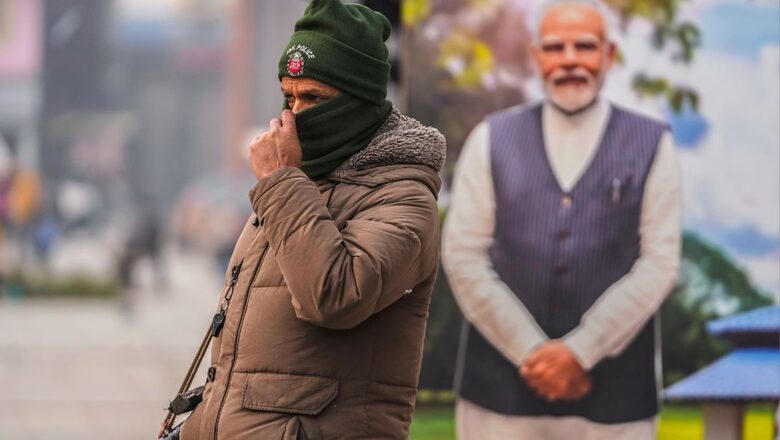
views
The Supreme Court has unanimously upheld the Modi government’s decision to scrap Article 370 in August 2019. Article 370 was contentious because it guaranteed special status to Jammu & Kashmir that insulated it from Constitutional oversight. In other words, very few laws applicable to the rest of India applied to Kashmir.
But even after the highest court in the land has spoken, very few will call out Article 370 for what it really was: naked appeasement. Of the kind that turned the Muslim majority Kashmir valley into a constitutional dystopia that mocked secularism.
Instead of celebrating the dismantling of the architecture of separatism, many on the left are slamming the CJI-led 5 judge bench for lacking “the integrity” to uphold constitutionalism.
In August 2019, the Modi government’s move to abrogate Article 370 was challenged because it supposedly paid little heed to “procedural niceties, historical promises or legal complexities.”
But those who have cast these loaded aspersions have ignored the facts of history.
Article 370 is the illegitimate product of an ‘original sin’ – the Nehruvian fetish for secularizing Bharat’s encounter with Muslim communalism.
Even the wisest counsels within the Constituent Assembly were appalled at Nehru’s embrace of Article 370.
Ambedkar, the chairman of the Constitution’s drafting committee, warned that it would “create sovereignty within sovereign India.”
India’s first Home Minister and “iron man” Sardar Patel was a reluctant campaigner against granting special status to one class of citizens.
On seeing the draft of the Article when it was tabled in the Constituent Assembly Hasrat Mohani, an Urdu poet and member of the communist party, asked aloud, “why this discrimination, please?”
Shyama Prasad Mukherjee, who had quit the Nehru cabinet in 1950, stated incredulously, “Ek desh mein do vishan, do pradhan aur do nishan kaise chalenge.” (Can in one country, two constitutions, two prime ministers and two flags work?)
In fact, Mukherjee, who went on to establish the Bharatiya Jan Sangh (BJS), the predecessor of the Bharatiya Janta Party (BJP), launched an agitation in 1953 against Article 370 in Kashmir. The protest irritated Nehru and prompted him to accuse Mukherjee of pursuing a communal agenda.
Mukherjee wrote a rejoinder designed to expose Nehru’s hypocrisy: “Is there anything communal or reactionary or anti-national about it? If India’s Constitution is good enough for the rest of India, why should it not be acceptable to the state of Jammu and Kashmir? It is amazing how the move for separatism pursued by Sheikh Abdullah and his colleagues is being applauded by you as national and patriotic…”
Twisting the knife further, Mukherjee chided Nehru for appeasing one community at the expense of others: “Think in your cool moments how in your life history your failure to stand against Muslim communalism in India has resulted in disastrous consequences. Perhaps you and others followed a policy of concession and appeasement with the highest motive but in ultimate the country came to be partitioned against your own repeated declarations to the contrary.”
Mukherjee’s reservations and those of other members of the Constituent assembly proved prophetic.
Article 370 accelerated Muslim majority Kashmir valley’s descent into Islamist supremacism. The outcome spawned the exodus of Kashmiri Hindus in 1990. This remains the biggest communally triggered internal mass migration in Independent India. It birthed a legal super structure that viewed with a jaundiced eye the children of Kashmiri women who married “outsiders”. The products of miscegenation were not only stigmatized but also denied their inheritance. The “ghettoized” valley didn’t even have place for persecuted Hindu refugees fleeing the rapacity of religious persecution in Pakistan. Valmikis who were brought in 1957 (to work as sweepers) from across India were to live eternally shackled to the abomination of ‘untouchability’. It suffices to say, ‘Insaniyat’ was reserved for a privileged creed.
The Supreme Court may have taken the wrecking ball to this symbol of asymmetric federalism, but Article 370 is just the first in a long list of other such renderers of the architecture of an asymmetric secularism.
Till the cult of appeasement nurtures the Places of Worship Act, 1991, The Waqf Act, 1995, The HR & CE Act and a plethora of minority personal laws it will be difficult to reclaim secularism in India.




















Comments
0 comment